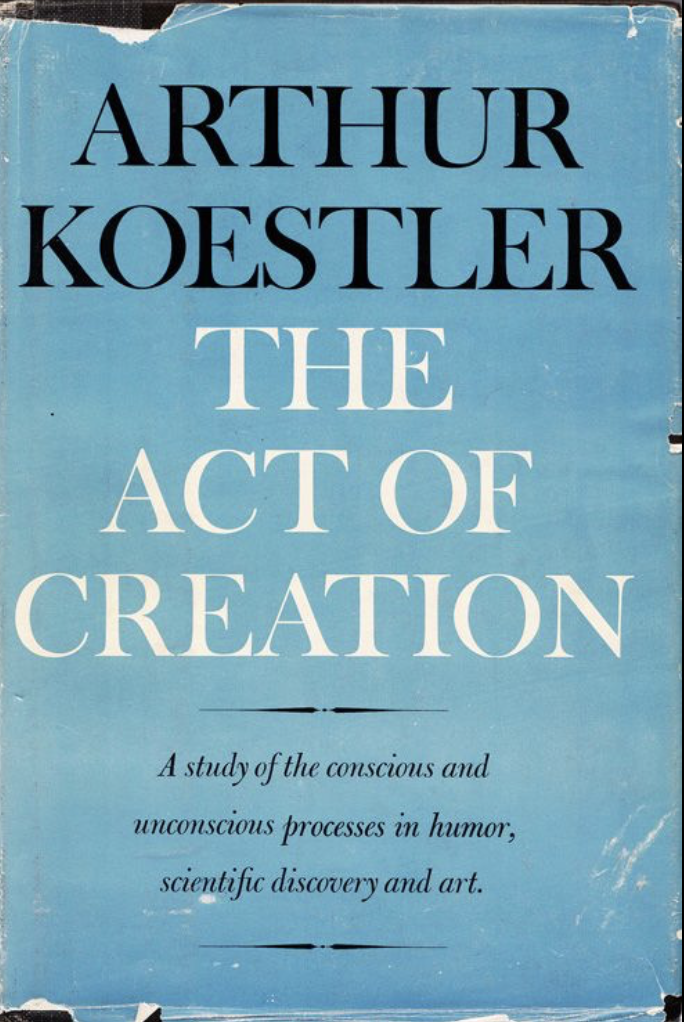🟢 The hidden concept of bisociation
A new innovation prompt this week using the concept of bisociation. Never heard of the term? Exactly!

The concept of bisociation is rarely discussed. Maybe it's just me, but I only came across it a few years ago, and it immediately clicked as a simple explanation of something I've been doing since my Ph.D. (and always felt somehow guilty about.)
Bisociation, a term introduced by Arthur Koestler in "The Act of Creation," is the amalgamation of two ostensibly unrelated ideas or domains of thought to forge a wholly original and innovative perspective. This practice hinges on the curious act of uniting what might appear disparate, yielding an unforeseen burst of creative ingenuity.

Why is this concept indispensable in the intricate landscape of technology, you may wonder? Well, innovation thrives in the fertile ground of juxtaposed ideas. In an industry perpetually in flux, the ability to bisociate, to forge connections among seemingly incongruent concepts can catalyze transformative shifts. It liberates tech luminaries from the confines of their customary silos, prompting the discovery of ingenious solutions to intricate problems.



